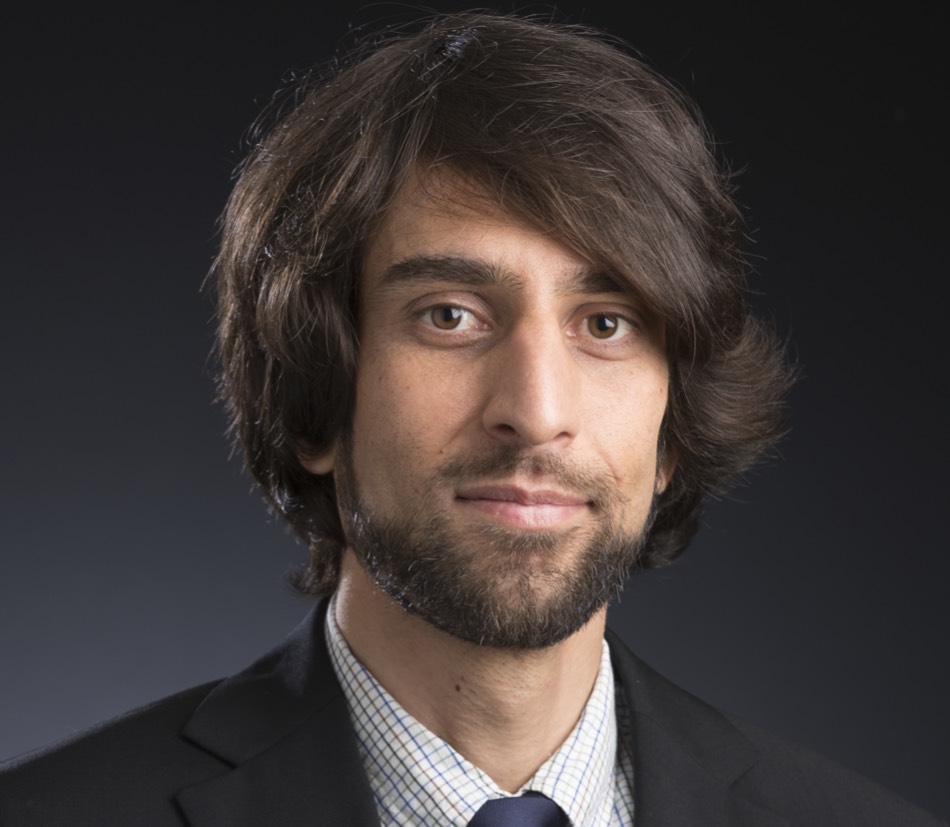Dr. Hamed Gholizadeh
Department of Geography
Dr. Hamed Gholizadeh is an assistant professor in the Department of Geography and the co-director of Center for Applications of Remote Sensing (CARS). The overall subject of his research program is studying the health of the Earthusing images collected from drones, aircrafts, or satellites. We call this “remote sensing”. Specifically, Dr. Gholizadeh explores and develops new approaches to use remote sensing for monitoring grasslands biological diversity (or “biodiversity”).
Currently, we are experiencing a biodiversity crisis and the worst extinction of species since 65 million years ago. A recent report has shown that the population size of many species has dropped by about 70% since 1970. With the current rate of species extinction, some regions of the globe might lose up to 30% of their species richness. Grasslands are no exception. Although grasslands cover as much as 25% of the Earth’s surface, they are among the most endangered ecosystems. Most of these grasslands are under threat by changes in land-use and climate. The transformation of grasslands to other cover types is significantly impacting birds, mammals, and pollinators, as well as the vital ecosystem services that grasslands provide, leading to ongoing loss of biodiversity.
Based on these observations and facts, we are fully aware that monitoring biodiversity on Earth is necessary. However, the Earth is simply too large to monitor using traditional approaches such as field sampling. The Earth is also very dynamic and constantly changing over time, for example due to human activities. This is where remote sensing can play a central role. By offering a synoptic view of the Earth’s surface on daily/weekly basis, remote sensing seems to be the only viable solution to monitor biodiversity globally. Therefore, Gholizadeh and his lab strive to use remote sensing to understand different aspects of biodiversity, including biodiversity-ecosystem functioning or biodiversity-disturbance relationships. In doing so, his lab brings together concepts from remote sensing, plant ecophysiology, chemical ecology, and landscape ecology and works collaboratively with colleagues and students from a variety of disciplines.
It is amazing how remote sensing continues to reduce the cost and time of measuring different phenomena at broad spatial scales. Recent advances in data processing, current and forthcoming satellite missions, and increasing availability of remote sensing measurements continue to provide a wealth of data, which help us in making informed decisions. To introduce some of the exciting applications of remote sensing, Gholizadeh teaches two courses at OSU: Remote Sensing (GEOG 4333/5333; offered every Fall) and Geospatial Applications for Unmanned Aerial Systems (GEOG 4263/5263; offered every Spring).

